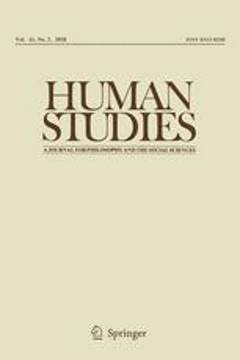Repository | Journal | Volume | Article
Understanding the protester's opposition
from bodily presence to the linguistic dimension—violence and non-violence
pp. 219-236
Abstract
This paper aims to address the manner in which the protester’s opposition, or what I consider as the protester’s being-there-against, “profiles” itself in the no-man’s-land between non-violence and violence. My focus is therefore to unfold some of its constitutive layers, relying on the conceptual tools prominently provided by Ricoeur’s hermeneutical phenomenology. The first constitutive layer concerns the protester’s bodily presence, seized first of all as a specific “here” and “there,” and then as an expressive body that is communicating through gestures. Within the interpretation of one of these gestures—the fist raised in the air—I highlight the anamnestic nature of the protester’s being-there-against as it appears in the relationship with a state whose legitimacy comes from taking over the monopoly on violence. The second constitutive layer is related to the linguistic dimension of the protester’s presence: here special attention is paid to the way language and violence connect, having as background an analysis devoted to the surplus and the deficit of meaning attached to the slogans chanted by the protesters.
Publication details
Published in:
(2020) Human Studies 43 (2).
Pages: 219-236
DOI: 10.1007/s10746-019-09532-4
Full citation:
Marinescu Paul (2020) „Understanding the protester's opposition: from bodily presence to the linguistic dimension—violence and non-violence“. Human Studies 43 (2), 219–236.



